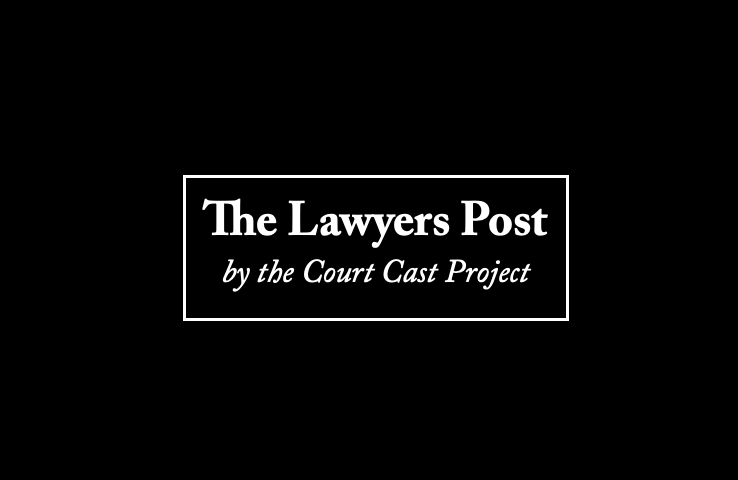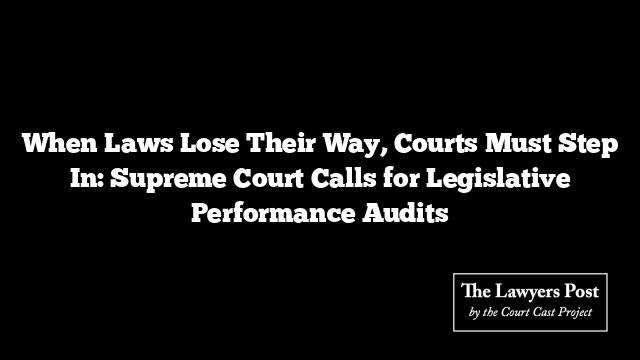In a striking reaffirmation of the judiciary’s role as more than a passive observer, the Supreme Court has declared that courts are not only empowered—but obligated—to nudge the executive into reviewing how well laws are working in the real world. When a statute begins to gather dust in bureaucratic corridors or stumbles under its own weight, courts can—and should—demand an audit of its impact.
The top court clarified that this isn’t just about theoretical oversight. If a law, once passed with grand intentions, fails to improve the lives it promised to touch—based on hard data or clear evidence—the judiciary has the authority to prod the government into action. “Reviewing and assessing a statute’s implementation,” the bench stated, “is not an academic exercise—it is Rule of Law in motion.”
The bench, comprising Justices PS Narasimha and Joymalya Bagchi, made these remarks while rejecting a constitutional challenge to provisions of the Consumer Protection Act, 2019. The petitioners had argued that the law, by pegging jurisdiction to transaction value rather than compensation claimed, was undercutting its purpose. While the Court upheld the Act, it used the moment to issue a broader reminder about governmental accountability.
Citing its earlier ruling in Yash Developers v. Harihar Krupa Co-operative Housing Society Ltd (2024), the Court emphasized that evaluating whether a law achieves its purpose is a built-in responsibility of the executive—and that constitutional courts have the right to enforce this duty. If a statute turns out to be a dead letter, the judiciary has a role in exposing that truth and calling for reform.
But there’s a line. The Court was clear: it can push for audits, it can suggest amendments—but it cannot legislate. “The judiciary,” it observed, “cannot compel reforms. It can only shine a light on the cracks.”
The justices pointed out that in India’s legislative reality—where private member bills are rare and the government drives most of the law-making—it falls to the courts to ensure that laws don’t lapse into irrelevance due to administrative inertia. If a scheme or statute is tangled in delays or dysfunction, the courts can demand a diagnostic audit. Still, they must base such intervention on a firm foundation: data, not just dissatisfaction.
In the specific case of the Consumer Protection Act, the Court turned its attention to two key institutions—the Central Consumer Protection Council and the Central Consumer Protection Authority—tasked with safeguarding consumer interests. These statutory bodies, it said, must not be reduced to paper tigers. Their duties go far beyond advisory roles; they must actively conduct reviews, deliver feedback to the government, and ensure the law stays alive and effective.
In a closing directive, the Court ordered these bodies to take all necessary steps—under Sections 3, 5, 10, and 18 to 22 of the Act—to conduct surveys, recommend policy improvements, and ensure the Act meets its mission: defending consumers with integrity, efficiency, and transparency.
When legislation falters and watchdogs sleep, the Court’s message is clear—the judiciary will not.





